Saint Mary of Almudena: The miracles of the Virgin
Patron of the Archdiocese of Madrid
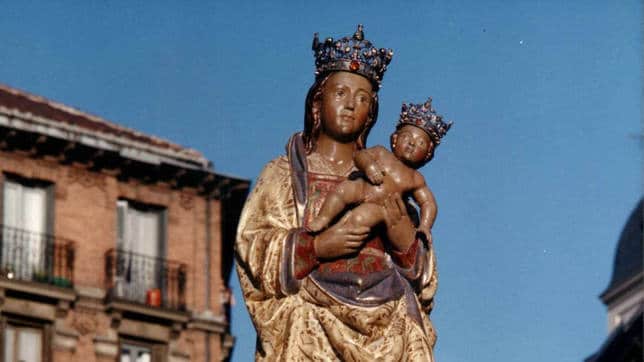
In the political and literary newspaper La Nación on Thursday, November 13, 1873, one could read: “Year 1620. Gregorio Meliton, a servant of Philip III, falls from a balcony, and it is attributed to a miracle of the Virgin of Almudena that he emerged unharmed.”
This anniversary echoed an old story from the 17th century, about a certain Gregorio Melchor, a man especially devoted to Our Lady of Almudena, whose image he always carried with him. One day, while he was looking out from a viewing point, which falls on the wall of the Puerta de la Vega, his head fainted, and he fell on some stones on the ground. When he fell, he had time, and devotion, to entrust himself to this holy image, and although he was stunned by the great blow, he later saw himself free, healthy, and without any wounds, so he was able to enter the church of Santa María to give the due thanks to his Liberator, for such an illustrious benefit.
For centuries, numerous testimonies have collected the intercession and protection of Santa María la Real de la Almudena for the people of Madrid. Thus, the famous miracle of the wheat occurred in the reign of Alfonso IX, when the Muslims tried again to conquer Madrid, besieging it and depriving it of food. The chronicler Vera Tassis in his History of the Almudena narrated this event, with the title: “Its heavenly Patron Saint helps Madrid in another siege of the Moors, supplying the town with the miraculous wheat from her church.”
The people of Madrid were in distress because of the siege of Aben-Jucet Miramolin, and would have perished of hunger if the Blessed Virgin had not come to their aid. The spirits of all the inhabitants of the town were terribly worried because of the great shortage of food that was noticed there, and they did not know how to face the horrors of hunger that threatened them when, while some children were playing in the parish church of Santa Maria, they made a hole in one of its pillars. One of the boys noticed that there was something there, and he informed the others, who, digging the hole, found a pile of wheat. Informing their parents of this pleasant news, several people went to the church, and, throwing a piece of wall to the ground, discovered a large storehouse of wheat. And there was so much stored there that not only did it remedy the pressing needs of the besieged, but they, gaining strength from the miracle worked by the Lord, undoubtedly through the intercession of the Blessed Virgin Mary, wanted to show their enemies that they were not dying of hunger, throwing handfuls of wheat at them from the walls.
The besiegers, who hoped to make them surrender due to hunger, seeing that they were so well provided with food, raised their tents, removed the siege and left the town free, which was quick to give thanks to its protector, the Virgin of Almudena, for the miracle that she had worked in its favor. A large painting placed in the portico of the church of Santa Maria certified this great miracle. That same painting is today displayed in the cathedral of Almudena.
We do not want to fail to refer to another extraordinary episode that took place in this town and court. Already in the time of King Philip II there was a legend that the smiling expression of the patron saint of Madrid was not always the same, because in all times attempts had been made to make copies that resembled the holy image, but this had never been achieved. Apparently, when the painter looked at her again, to perfect his portrait, the Almudena’s face changed.
Also the Infanta Isabel Clara Eugenia, daughter of Philip II, very devoted to the Virgin of Almudena, when she was going to the Netherlands, for her wedding with the Archduke Albert, commissioned the famous painters of the Court to make a painting copying her, to take with her. All the paintings were brought to the palace, and carefully examined by the Infanta, recognizing that none resembled her. And although she was saddened at not having achieved her pious wish, she decided to take all the paintings with her, so that they would serve as consolation in her long absence from Spain.
The canvases were hung on the walls of her palace rooms, where many Spanish and Flemish lords came together, who had often venerated the prodigious image in Madrid in their temple of Santa María de la Almudena. Upon observing the paintings, everyone said in unanimous voice that none of them resembled the original carving. The Infanta, upset to hear these comments, dared to ask her father for the original, although she knew well that he would refuse to deprive the people of Madrid of their beloved Virgin.
When Don Felipe refused, his daughter, eager to possess a perfect portrait of the venerated image, sent a famous Flemish artist to Madrid to bring her an exact copy, “she asked the painter to take the greatest care to portray the holy image accurately and likewise.” The famous painter arrived at the Court, and King Don Felipe having ordered that the image of the Virgin be taken to the church portico, so that he could portray it with all the lights and with the greatest comfort, so the painter began his work, which turned out perfectly, imitating the clothing with great accuracy; but he had to throw away his brushes in discouragement when, wanting to copy the divine face of the Lady, he saw that he could not, no matter how hard he tried, make it look like the image.
Vera Tassis, who also records this event, concludes her story by stating that numerous prints were made from those paintings, which miraculously cured many illnesses. With such testimonies it was confirmed how the Virgin of Almudena has always been a lawyer and protector and has listened with mercy to the prayers of the people of Madrid, in Madrid and beyond its old walls.
The historical poem to Our Lady of Almudena by Lope de Vega
Many were the writers of our Golden Age who dedicated some lyrics to the patron saint of Madrid, Santa María la Real de Almudena, thus establishing the chronicle and tradition. From the chroniclers Jerónimo de la Quintana or Juan de Vera Tassis to the illustrious Calderón de la Barca or Lope de Vega. We will begin on this occasion by referring to the latter.
In the year 1625 Lope, an indisputable genius of universal literature, published the book of poems Triunfos divinos, which included a historical poem, in three cantos and in royal octaves, entitled «The Virgin of Almudena», and dedicated to Queen Isabel de Borbón. This poem had already been published loosely a year earlier. The poem was thus composed of these three songs, with the following structure:
Song I. Occultation (28 stanzas). The Moors from Africa enter Spain, the Christians hide the images, and Madrid hides the one in its main church in the wall of the Vega gate.
Song II. Invention (28 stanzas). King Pelayo complains about Spain, the Christians withdraw the Moors to Andalusia, the people of Madrid find their Image in the Almudena, where the Moors stockpile the wheat.
Song III. Miracles. Erection of a temple. (57 stanzas). Describes the wonders of this holy image, and the miracle that it performed with the son of Saint Isidro, and the solemnity with which the first stone of the promised temple was laid.
Below, we refer to some of these verses from Canto II where the appearance of the sculpture of the Virgin of Almudena in the wall is narrated:
Madrid, by tradition of its ancestors,
searches for its image with devout sorrow,
where the victorious Africans
had the Almudena of their wheat.
The wall, producing various flowers
through the cracks of the pleasant earth,
with colored letters seemed
to show them the name of Mary.
And later, after narrating in great detail the procession that took place after the discovery of the Marian image, it describes it in a delicate manner:
The image, then, so clean and well treated,
came out of the wall, although it was made of stone,
that it seemed that by being painted
it also always remained whole:
the golden flowers with which it was adorned,
are still today with the first beauty,
which as it was always a closed garden,
could not enter heat, nor cold weather.
The pine tree from which it is made, always whole,
shows itself inaccessible at such an age,
that if God were not the first sculptor
it would seem impossible after years […].
Lope de Vega himself was a great devotee of the Virgin of Almudena, as these final verses of Canto III attest, with which we end this review:
Forgive (weak now) the pious voice,
that sings your divine praises,
how I wish that the angels were attentive to my accents
In which I give you my soul and all I can
of your color, Dark-skinned, in love.
Hymn of Our Lady of Almudena
HAIL, LADY OF DARK COMPLEXION, VIRGIN AND MOTHER OF THE REDEEMER
SAINT MARY OF ALMUDENA, QUEEN OF HEAVEN, MOTHER OF LOVE.
SAINT MARY OF ALMUDENA, QUEEN OF HEAVEN, MOTHER OF LOVE.
1. You who were hidden within the walls of this dear old Madrid,
today you shine before your people who venerate you and hope in you.
HAIL, DARK-SKIN LADY, VIRGIN AND MOTHER OF THE REDEEMER
SAINT MARY OF ALMUDENA, QUEEN OF HEAVEN, MOTHER OF LOVE.
SAINT MARY OF ALMUDENA, QUEEN OF HEAVEN, MOTHER OF LOVE.
2. Under your mantle, simple Virgin, your children seek protection.
You are the patron saint of our town, loving Mother, Temple of God.
More information on the website of the Archdiocese of Madrid
Related
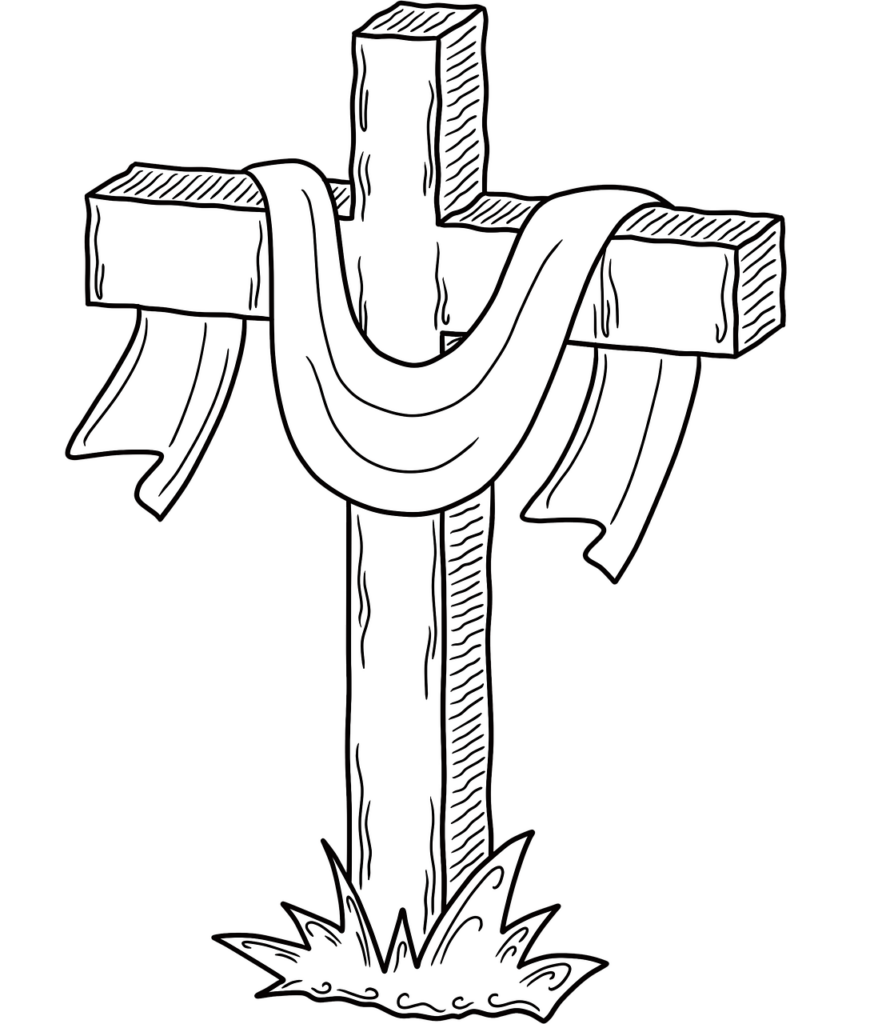
Reflection by Bishop Enrique Díaz: Alleluia, alleluia
Enrique Díaz
20 April, 2025
5 min
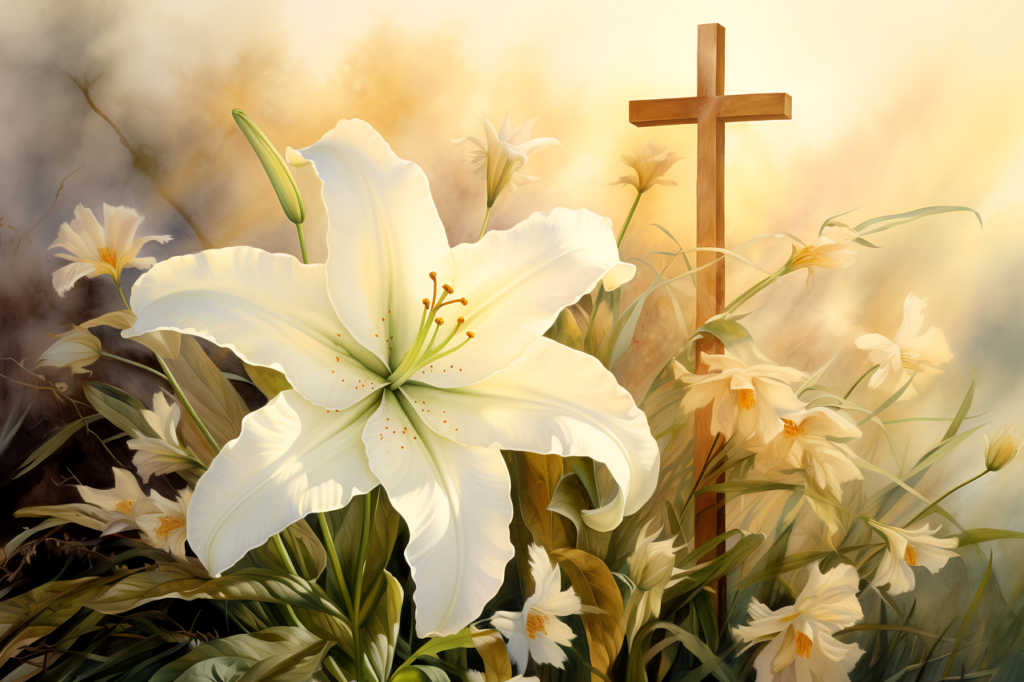
Christ is Risen! Alleluia! Commentary by Fr. Jorge Miró
Jorge Miró
20 April, 2025
3 min
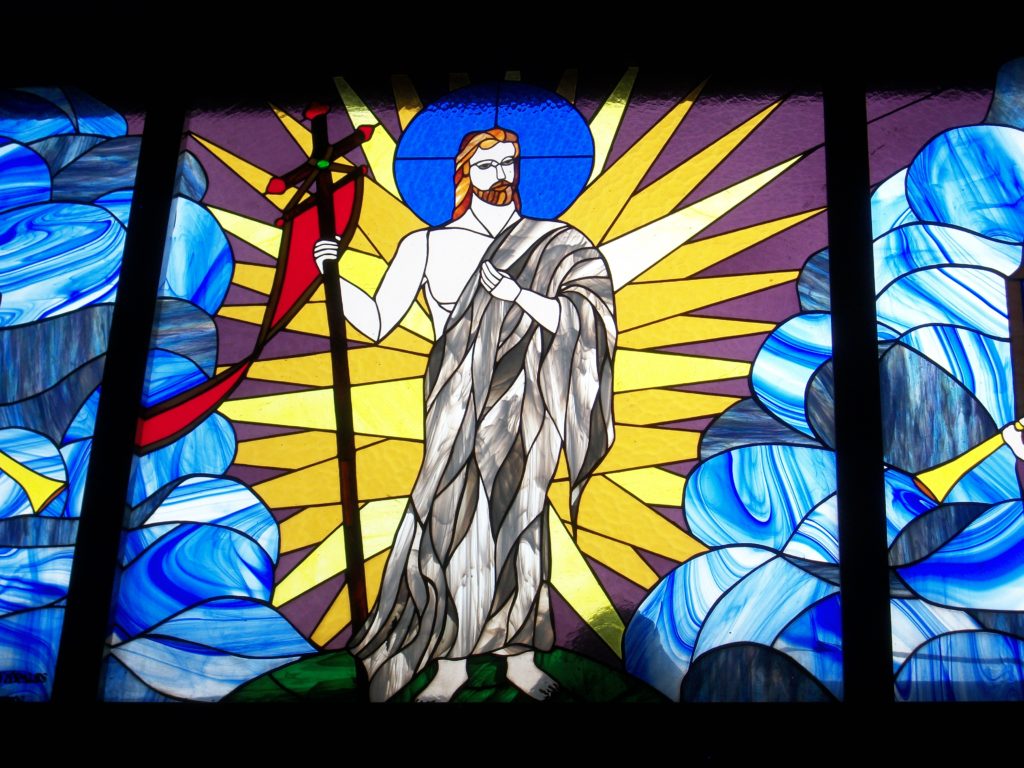
Easter: Mystery of Freedom
Carlos J. Gallardo
20 April, 2025
5 min
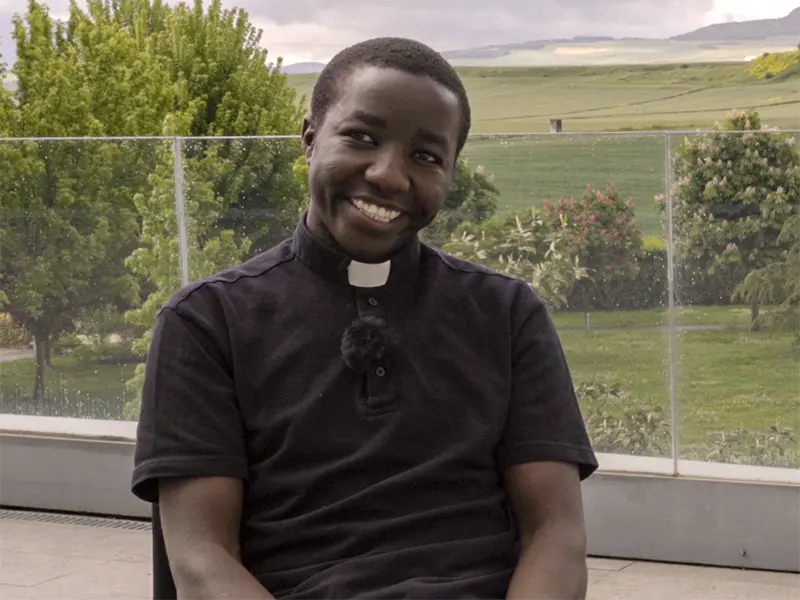
“Being Catholic in Tanzania is a source of pride”
Fundación CARF
16 April, 2025
6 min
 (EN)
(EN)
 (ES)
(ES)
 (IT)
(IT)

